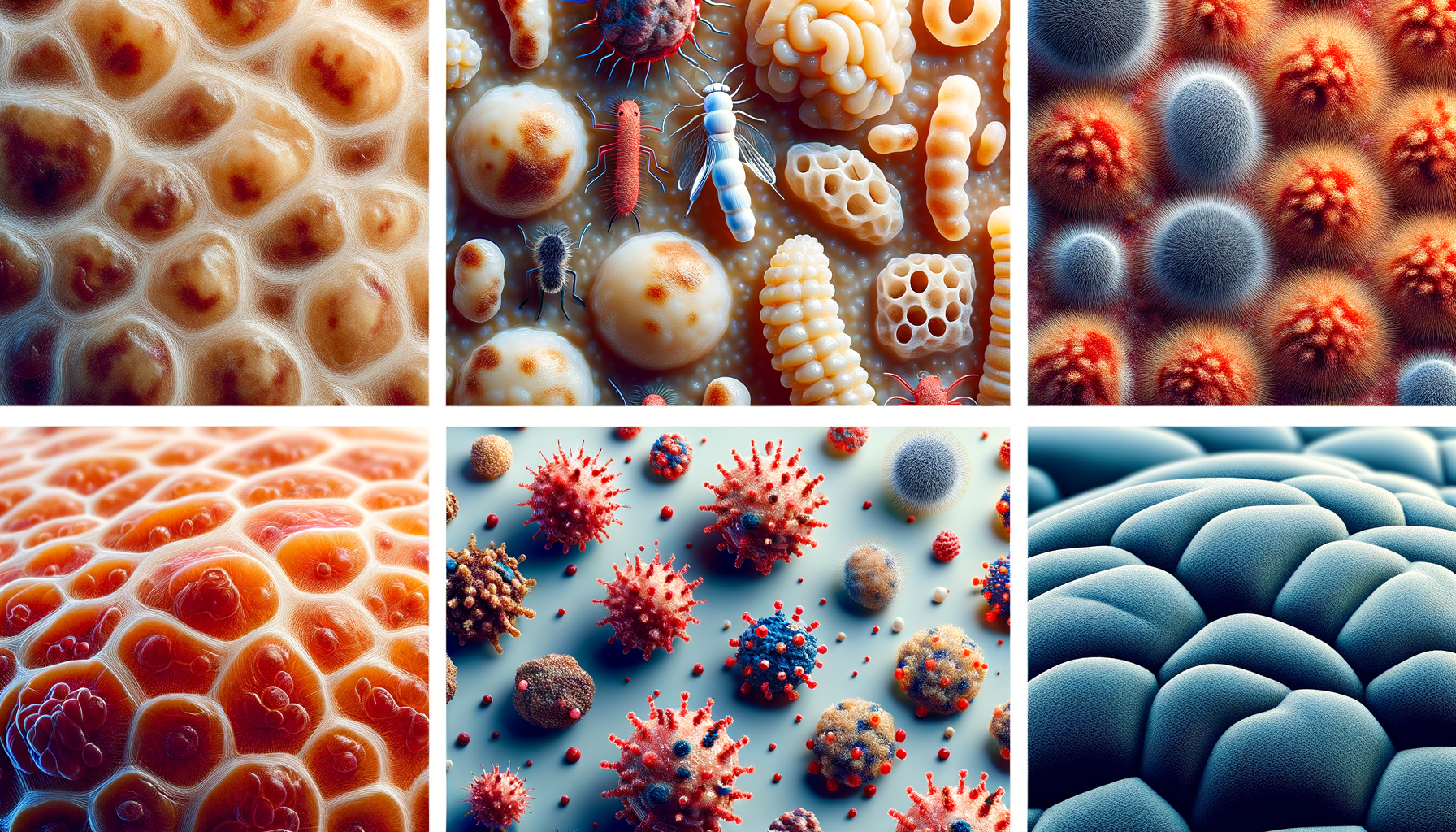Introduction to Skin Rashes
Skin rashes are a common dermatological issue that can affect individuals of all ages. They manifest as changes in the skin’s color, texture, or appearance and can be caused by a variety of factors. Understanding the different types of skin rashes and their underlying causes is crucial for effective treatment and management. This article delves into common types of skin rashes, how to distinguish between allergic and infectious rashes, and when it’s essential to seek professional medical advice.
Common Types of Skin Rashes and Their Indications
Skin rashes can vary significantly in appearance and severity. Here are some of the most common types:
- Eczema: Often appearing as red, itchy patches, eczema is a chronic condition that can flare up due to stress, allergens, or irritants.
- Psoriasis: Characterized by thick, scaly plaques, psoriasis is an autoimmune disorder that accelerates skin cell turnover.
- Contact Dermatitis: This rash occurs when the skin comes into contact with an irritant or allergen, leading to redness and itching.
- Heat Rash: Common in hot, humid conditions, heat rash manifests as small, red bumps and is caused by blocked sweat ducts.
- Hives: Raised, itchy welts that can result from allergic reactions to food, medication, or environmental factors.
Each type of rash provides clues about potential underlying health issues or environmental triggers, making accurate identification important for effective treatment.
Identifying Allergic vs. Infectious Rashes
Distinguishing between allergic and infectious rashes is essential for appropriate treatment. Allergic rashes, such as hives or contact dermatitis, typically result from exposure to allergens like pollen, food, or chemicals. They often appear suddenly and can be accompanied by other allergic symptoms, such as sneezing or difficulty breathing.
In contrast, infectious rashes are caused by bacteria, viruses, or fungi. Common infectious rashes include:
- Ringworm: A fungal infection that presents as a circular, scaly patch.
- Impetigo: A bacterial infection causing red sores that can rupture and ooze.
- Chickenpox: A viral infection characterized by itchy, blister-like rashes.
Identifying the cause of a rash is crucial for determining the appropriate treatment, as allergic rashes may require antihistamines, while infectious rashes might need antibiotics or antifungal medications.
When to See a Dermatologist for Persistent Skin Irritation
While many skin rashes resolve on their own or with over-the-counter treatments, certain situations necessitate a visit to a dermatologist. Consider seeking professional help if:
- The rash persists for more than a few days without improvement.
- It is accompanied by severe pain, fever, or swelling.
- The rash spreads rapidly or covers a large area of the body.
- There is no identifiable cause, or home treatments are ineffective.
- The rash recurs frequently, indicating a potential chronic condition.
A dermatologist can provide a precise diagnosis and recommend targeted treatments, ensuring effective relief and preventing complications.
Conclusion: Managing Skin Rashes Effectively
Understanding the various types of skin rashes and their causes is vital for effective management and treatment. By recognizing the differences between allergic and infectious rashes, individuals can take appropriate action and seek medical advice when necessary. Persistent or severe rashes should be evaluated by a dermatologist to ensure proper care and avoid potential complications. With the right knowledge and approach, managing skin rashes can lead to healthier skin and improved overall well-being.




Leave a Reply